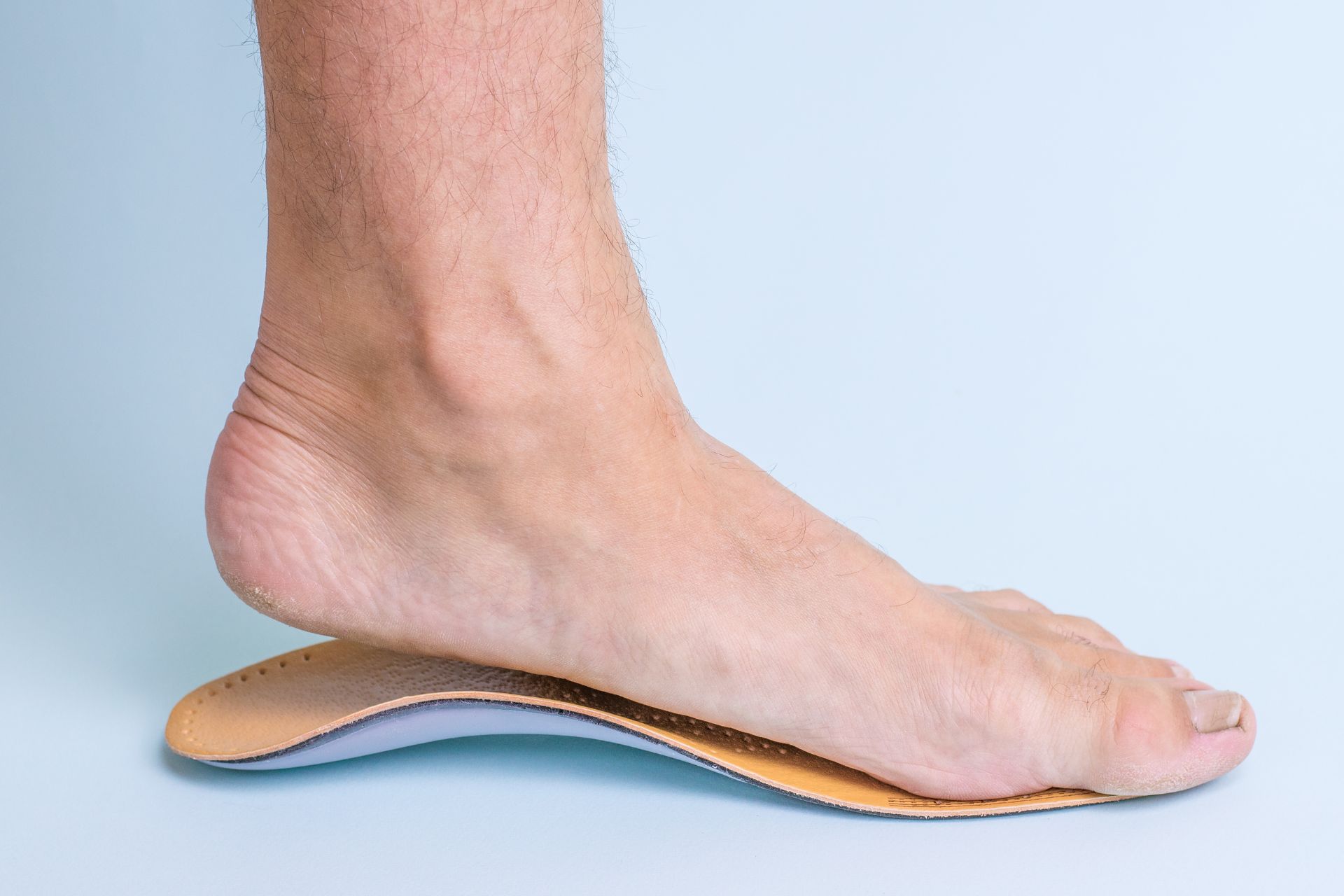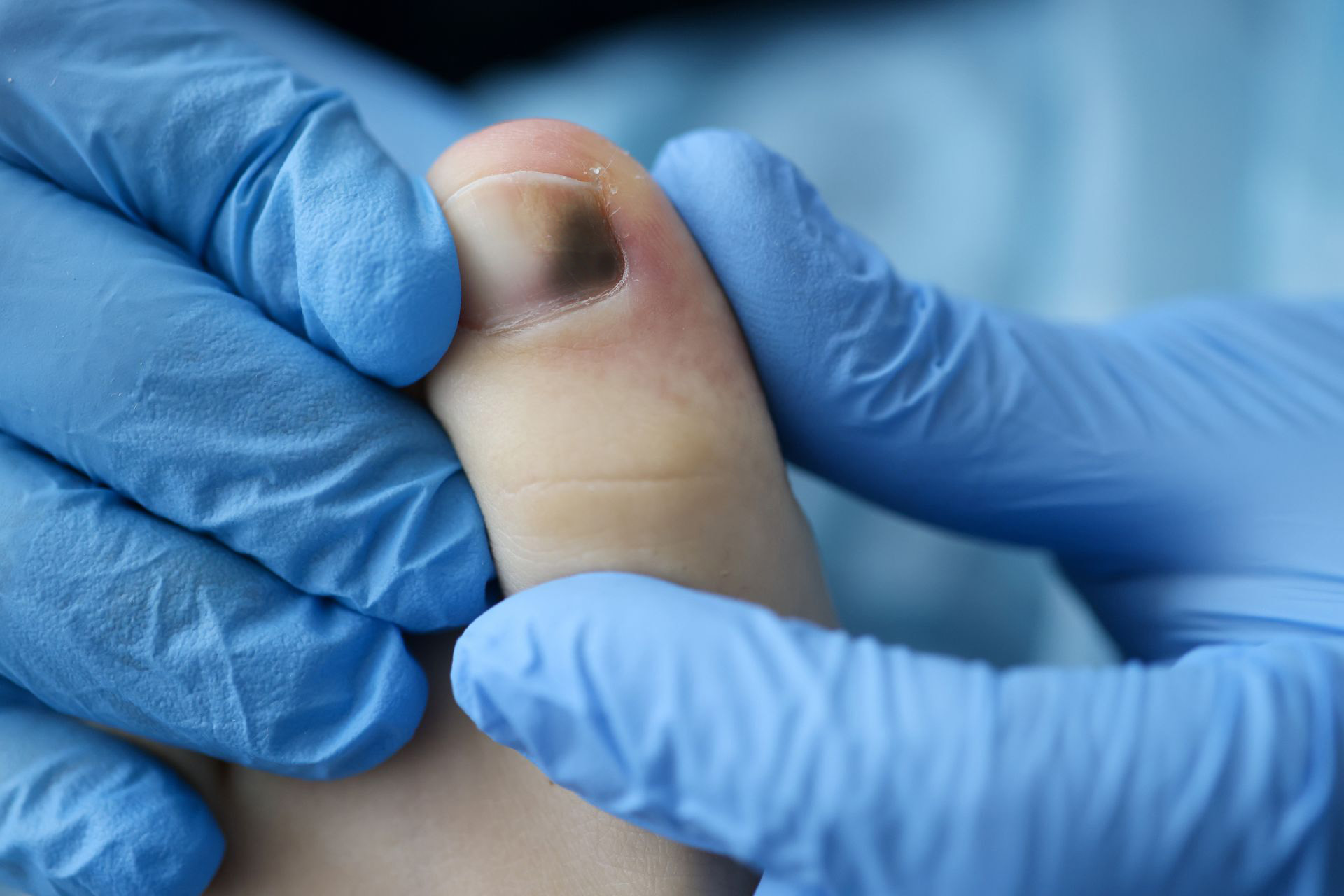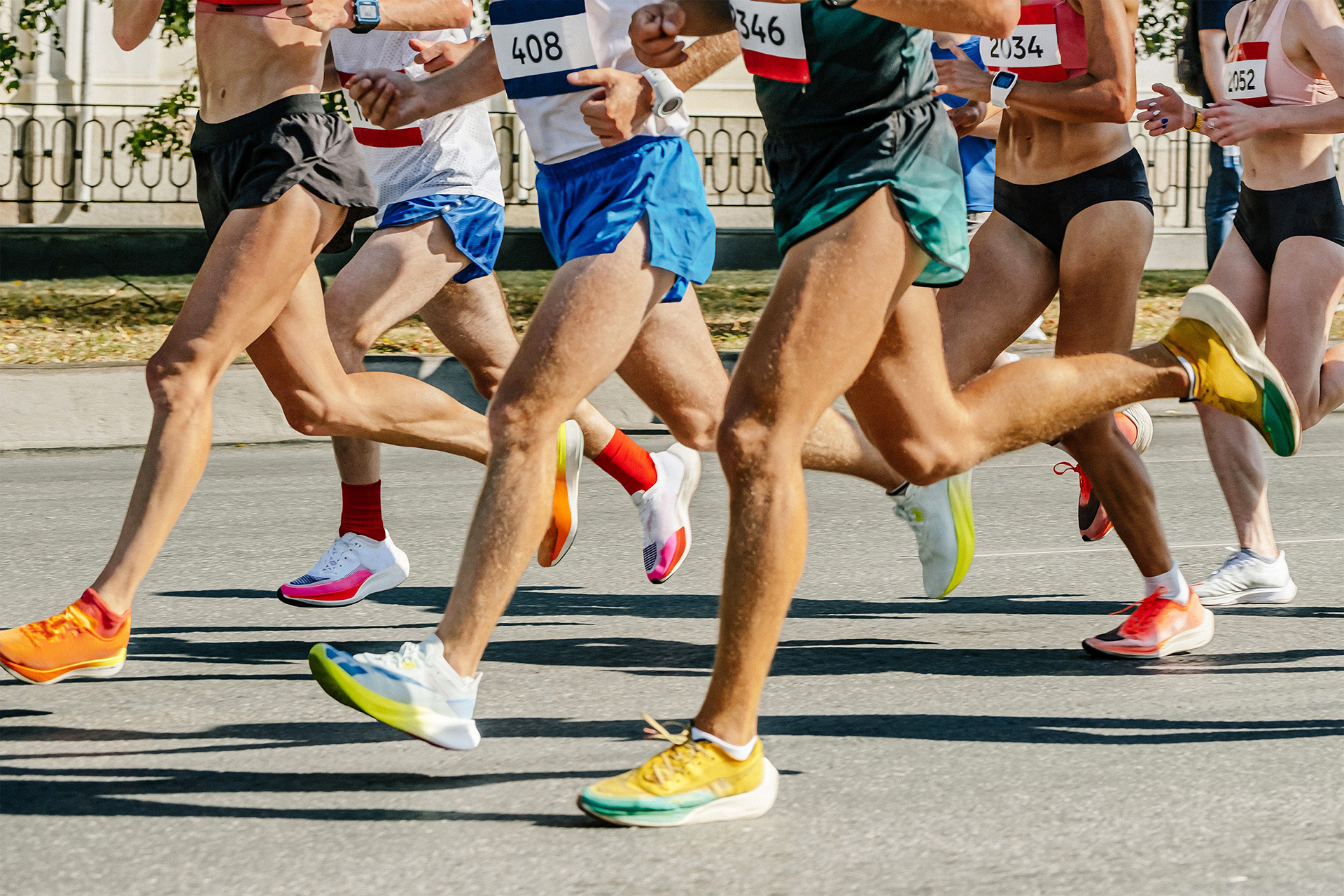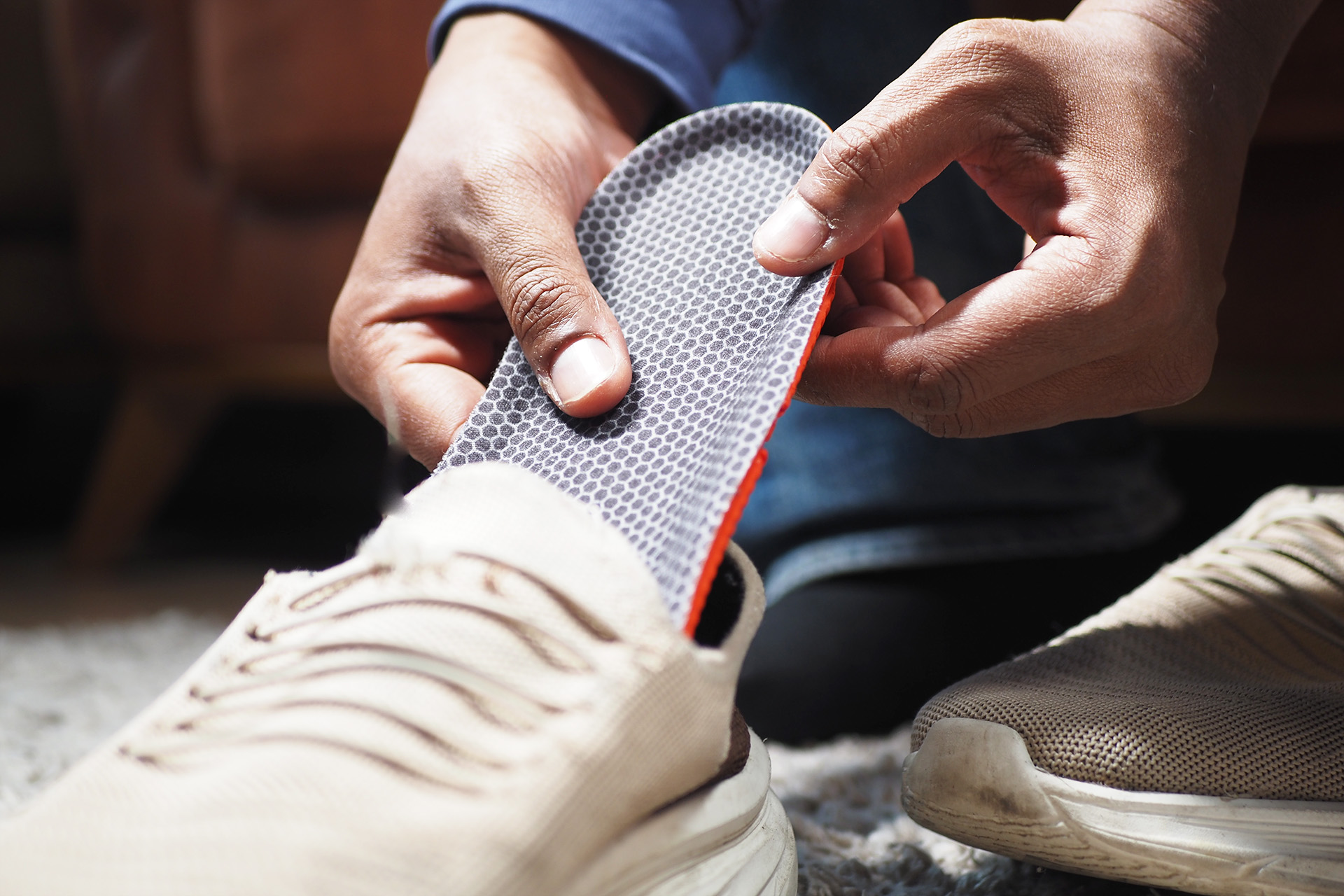Professional runners from 3-time New York City Marathon Champion Alberto Salazar to American record holder in the mile Alan Webb are some of the many proponents of proper foot care.
Your feet are one of the most critical assets for running, and it’s only logical to think that the part of the body enduring the most abuse deserves the most attention and care from a running podiatrist.
Injuries tend to build up over time, as the pressure you’re putting on your body exacerbates any minor issues. Across an average year, up to 50% of runners will experience some kind of injury, and the figure soars to 90% for marathon runners [1]. If you’re training for a long-distance race, read these top 8 tips for marathon foot care.
The most common running injuries affect the muscle or tendons. Stronger muscles are less likely to tear and will also hold the foot in place so that tendons aren’t pulled and stretched beyond their natural limit.
At The Foot Practice, we often see patients who show significant muscle imbalances, especially if they haven’t run for a long time. Years of inactivity and sitting in an office all day long will negatively affect the body’s soft tissues, tending to leave people much stronger on their dominant side [2].
What Are the Most Common Foot Injuries from Running?
Injury is the criminal inevitability of sports and is almost a rite of passage to becoming a true runner. Though we cannot prevent injury altogether, our podiatrist can recommend various methods and techniques to help reduce the frequency of these injuries. Some of the most common injuries reported by runners are plantar fasciitis, plantar fasciopathy, and tendinitis.
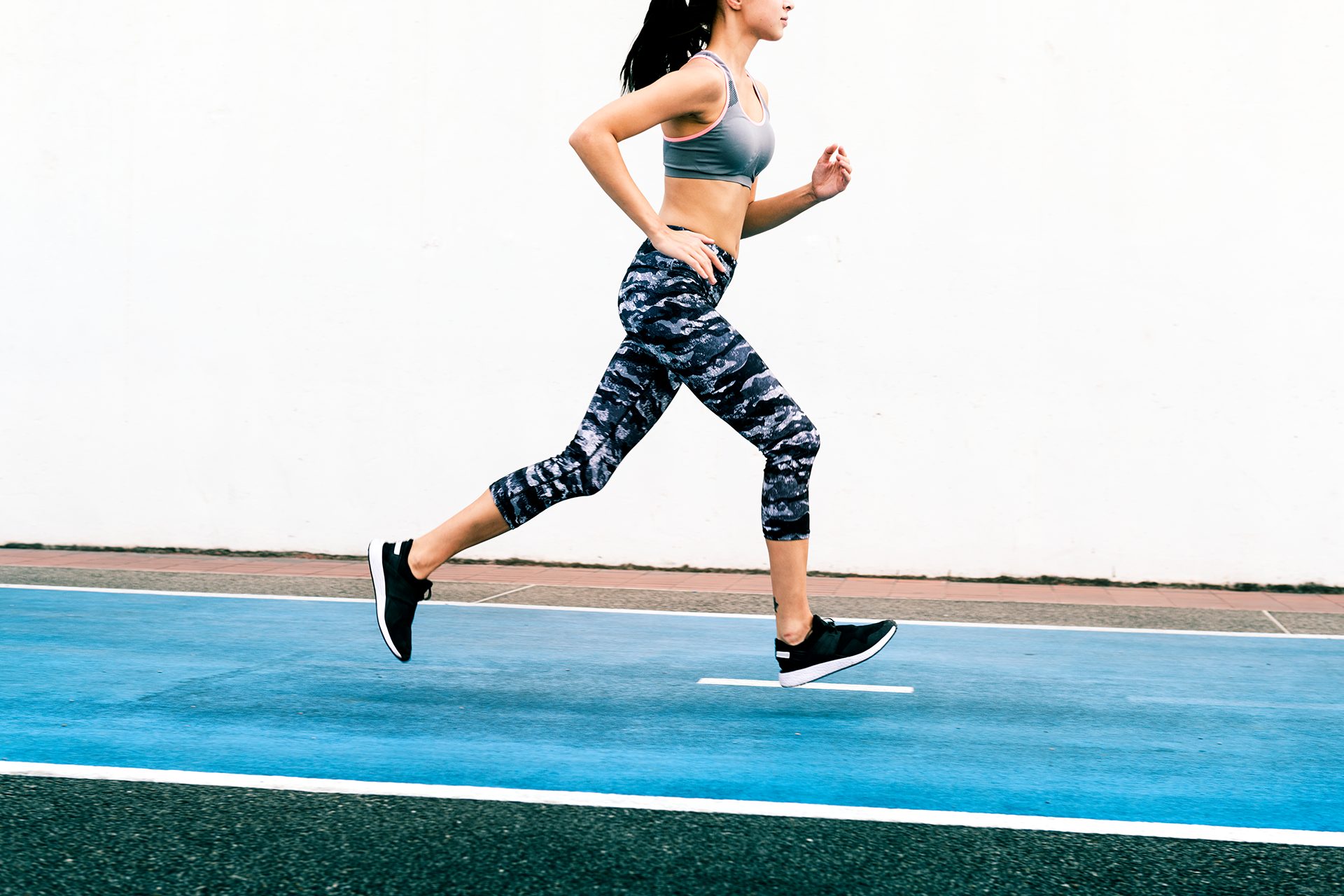
Though they are categorised under a single title of ‘overuse injuries’, many different factors will put you at a higher risk of contracting these running-related ailments. Here are some of the most common causes:
- Sudden changes in running surfaces from grass to asphalt
- Sudden changes in training stimulus (e.g., adding sprints, hills, or mileage too quickly)
- Improper mechanics of the foot, such as high and low arches
- Improper biomechanics exacerbated with ill-fitting footwear
The causes listed above are all contributing factors to overuse injuries. Listen to your body; unlike the adage, do not run through pain. “If you don’t run through the pain, you can nip injuries in the bud” is the best advice for any runner. Injuries like Achilles tendinitis are often due to muscle weakness in the glutes and lower leg combined with improper foot mechanics. This type of injury, for example, can be prevented with foot strengthening exercises for runners and a flexibility routine. And, read our article if you’re experiencing heel pain when running to find out if your footwear is playing a role and the best running shoe for heel pain.
You need to get to the root of your problem, and seeing a sports podiatrist like The Foot Practice can help.
Imbalances, Muscle Weakness, and Asymmetrical Gait
Not all imbalances are due to muscle weakness; some people are asymmetrically shaped. This can be caused by injury or a medical condition like scoliosis, but in most cases, people simply have one leg slightly longer than the other [3].
If the difference is only a few millimetres, you probably won’t notice that you’re slightly lopsided until you take up running and wonder why your hips hurt so badly. These tiny unnoticeable asymmetries can lead to significant imbalances that can lead to running injuries.
It’s usually recommended that new runners incorporate strength training into their regime – simple, silly-looking activities like picking up a pencil with your toes can target the muscles which get a beating when you run and foot strength. This is important if you’re returning after an injury because muscles start to atrophy after just a few days of disuse — you can’t launch straight back to your previous level but slowly build up to it.
Strengthening exercises are widely recommended by sports podiatrists, physical therapists, and trainers, but research continues to shift our clinical understanding of what prevents injury. All you can do is stick to what feels comfortable and avoid the known risk factors.
Luckily treatment for running foot injuries has advanced with pioneering new technologies such as our 3D running gait analysis in Singapore.
How to Prevent Running Injuries
The longer, more often, and further you run, the more likely you will get injured. If you’ve been injured once, you’re likely to get hurt again. When you start to feel pain, it’s often an indication of a niggling microinjury doing push-ups in the background, ready for that moment when it can traumatise you acutely. Before that happens, it’s worth it to make an appointment with a podiatrist that specialises in the prevention and treatment of sports injuries.
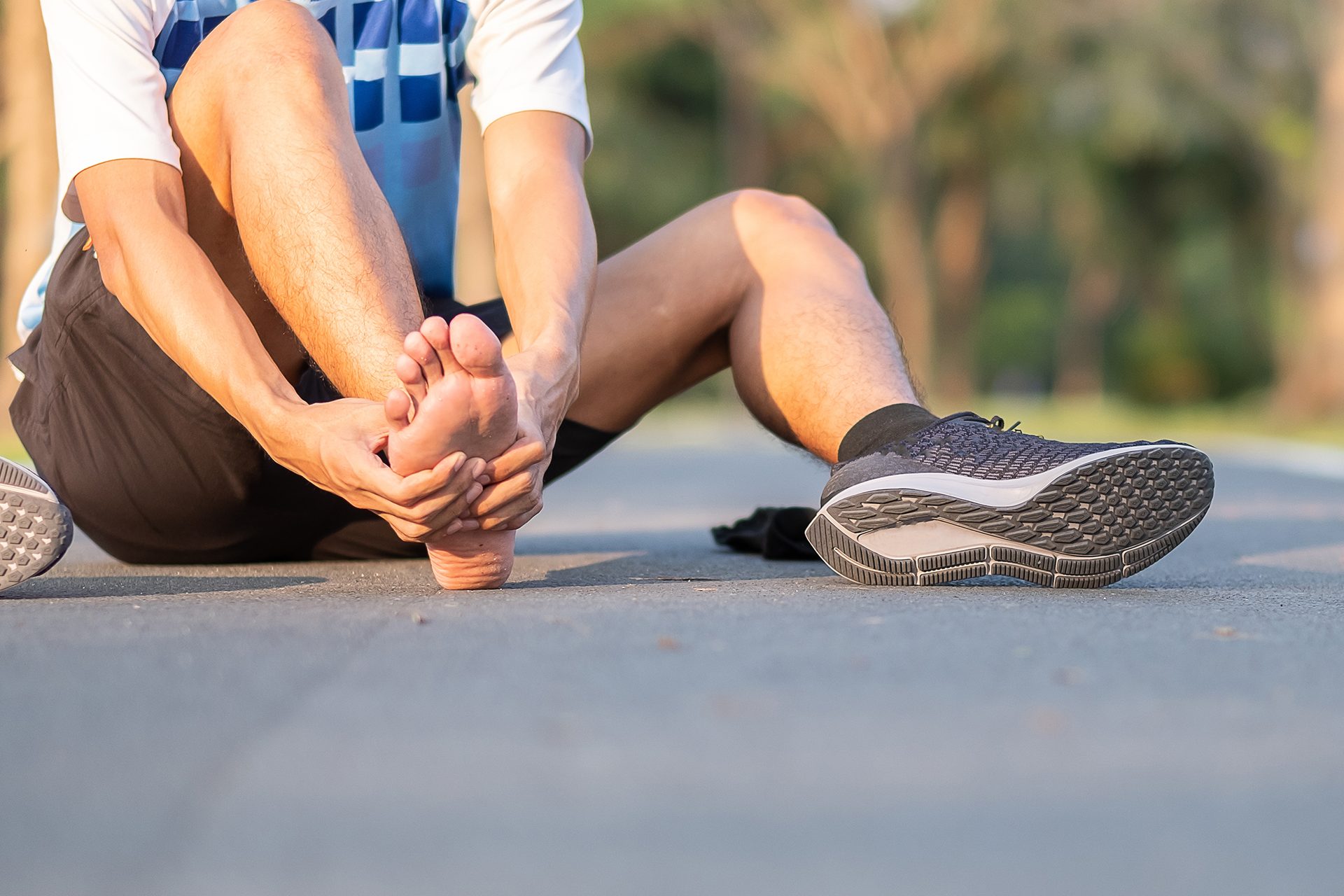
There are some things proven to reduce the risk of injuries, such as:
- Easing into training gradually, keeping your distances below 40 miles a week
- Standard warm-up and cool-down exercises don’t make a difference to your risk of injury, and neither does stretching – but they don’t make things worse, either, so do what feels right for you
- Wearing well-fitted shoes
The muscles you use for running are also the muscles you strengthen by running. If you’re a new runner, strength training exercises may help. Still, it’s far more essential to ease into the activity gently: for example, start by hiking or alternate short bursts of jogging with periods of fast walking.
For new runners who are already reasonably fit, it’s essential to take it easy even if you feel like you could go further. The more you’ve been running, the less likely you are to get symptoms – so if you get injured, don’t give up.
As the primary conduit between your body and the ground, don’t you think your feet deserve more attention than we often give them? If you are recovering from a foot and ankle injury, looking to maintain proper foot health, or want to see how you can improve your performance like the elite athletes who are foot care proponents, discover how our Sports Podiatry Services can help.
———–
Sources
[1] Fredericson, M., Misra, A.K. Epidemiology and Aetiology of Marathon Running Injuries. Sports Med 37, 437–439 (2007). https://doi.org/10.2165/00007256-200737040-00043
[2] Phillips, S. “How to avoid running injuries,” The Guardian, February 20, 2012
[3] Caselli, Mark A., DPM, and Edward C. Rzonca, Detecting And Treating Leg Length Discrepancies. Podiatry Today, https://www.hmpgloballearningnetwork.com/site/podiatry/article/1035.



